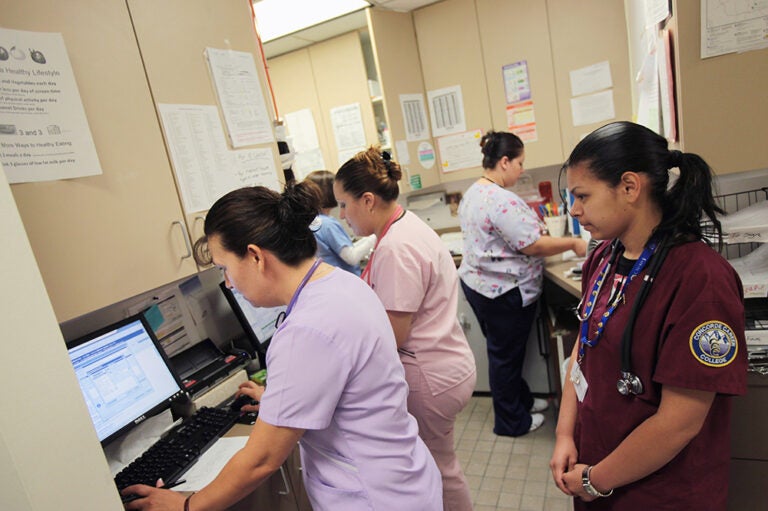The cost and quality of the U.S. healthcare system is one of the most prominent issues facing everyday Americans. It is a top policy concern for voters and a significant driver of the national debt. The recent release of the Organisation for Economic Co-operation and Development’s (OECD) 2025 Health Statistics — a comprehensive source of comparable statistics on healthcare systems across OECD member countries — provides policymakers and the public with some insight into how America’s healthcare system compares to others.
The United States Spends More on Healthcare per Person than Other Wealthy Countries
The amount of resources a country allocates for healthcare varies as each country has its own political, economic, and social attributes that help determine how much it will spend. Generally, wealthier countries — such as the United States — will spend more on healthcare than countries that are less affluent. As such, it helps to compare healthcare spending in the United States to spending in other comparatively wealthy countries — those with gross domestic product (GDP) and per capita GDP above the median, relative to all OECD countries.
In 2024, the United States spent an estimated $14,885 per person on healthcare — the highest healthcare costs per capita across similar countries. For comparison, Switzerland was the second highest-spending country with $9,963 in healthcare costs per capita, while the average for wealthy OECD countries, excluding the United States, was $7,371 per person. Such comparisons indicate that the United States spends a disproportionate amount on healthcare.
Why Is the United States Spending More on Healthcare?
Healthcare spending is driven by utilization (the number of services used) and price (the amount charged per service). An increase in either of those factors can result in higher healthcare costs. Despite spending nearly twice as much on healthcare per capita, utilization rates for many services in the United States is lower than other wealthy OECD countries. Prices, therefore, appear to be the main driver of the cost difference between the United States and other wealthy countries. In fact, prices in the United States tend to be higher regardless of utilization rates. For example, the Peterson-KFF Health System Tracker notes that the United States has shorter hospital stays and fewer angioplasty surgeries, yet the prices for each are higher in the United States.
There are many possible factors for why healthcare prices in the United States are higher than other countries, ranging from the consolidation of hospitals — leading to a lack of competition — to the inefficiencies and administrative waste that derive from the complexity of the U.S. healthcare system. In fact, the United States spends over $1,000 per person on administrative costs — approximately five times more than the average of other wealthy countries. That is also more than it spends on long-term healthcare, which is a mismatch in funding compared to other countries. For example, Sweden spends 22 times the amount on long-term care as it does on administrative costs; the United States spends approximately the same amount on both.
Does Higher Spending Lead to Better Outcomes?
Higher healthcare spending can be beneficial if it results in better health outcomes. However, despite higher healthcare spending, America’s health outcomes are not any better than those in other developed countries. The United States actually performs worse in some common health metrics like life expectancy, infant mortality, unmanaged diabetes, and safety during childbirth.
A healthcare system with high costs and poor outcomes undermines our economy and threatens our long-term fiscal and economic well-being. Fortunately, there are opportunities to transform the healthcare system into one that produces higher quality care at a lower cost. For more information on potential reforms, visit our solutions page and the Peterson Center on Healthcare.
Photo by George Frey/Getty Images
Further Reading
Quiz: How Much Do You Know About Healthcare in the United States?
The United States has one of the largest and most complex healthcare systems in the world. Take our healthcare quiz to see how much you know about the cost and quality of the U.S. healthcare system.
How Did the One Big Beautiful Bill Act Change Healthcare Policy?
The OBBBA adds significantly to the nation’s debt, but its healthcare provisions lessen that impact by $1.0 trillion.
Infographic: U.S. Healthcare Spending
Improving our healthcare system to deliver better quality care at lower cost is critically important to our nation’s long-term economic and fiscal well-being.


